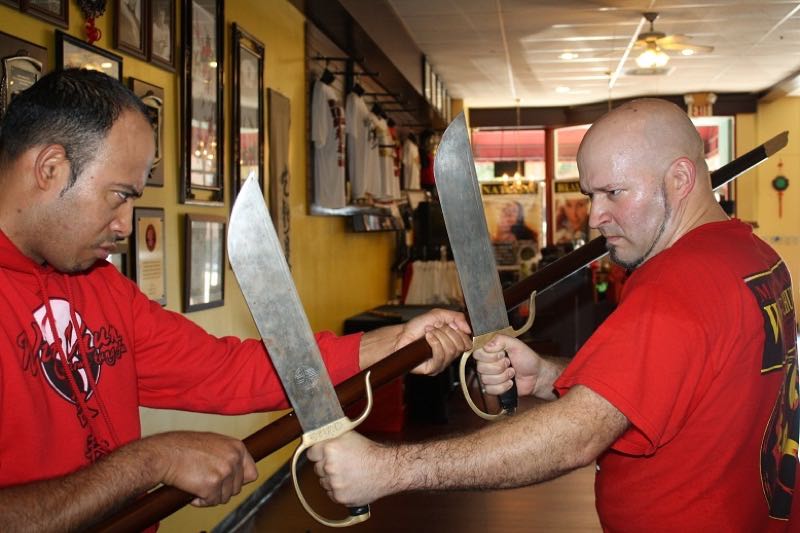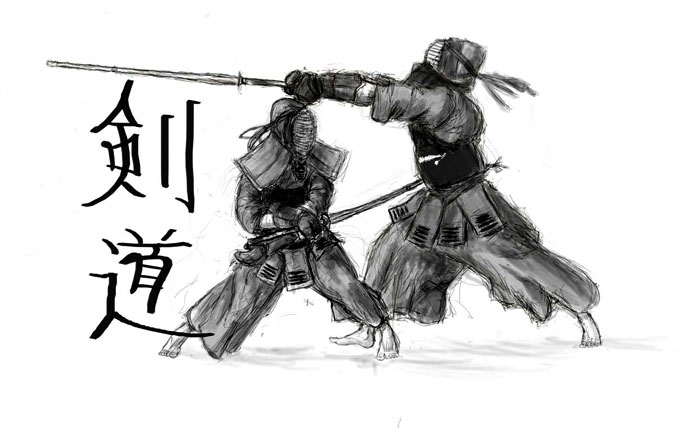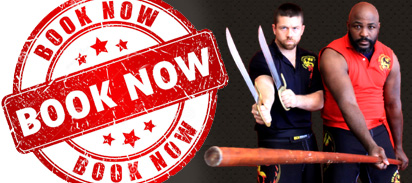What is the difference between different Wing Chun Swords within different Wing Chun Lineages? Without reading a ton of books or travelling all over the world, What are some quick differences between lineages and how they use the sword? This is what we are about to answer.
The principle of the Wing Chun Swords also known as Wing Chun butterfly swords form, eight slashing knives or eight-point-slashing-swords, (baat Jaam Dao) is akin to that of the hand-to-hand system. The core philosophy is to overcome the opponent with fast, simple, and straightforward strikes. However, there may be differences in how the form is properly performed. Some within the lineages of Wing Chun may have opposing views on certain actions in the form of its entirety creating the different “Baat Jaam Dao Lineages”.
Wing Chun Swords – Baat Jaam Dao By Dr. Smith
According to Dr. Joseph Smith,to identify an ideal Wing Chun Swords ( butterfly sword ) look at the “ear”. Which might also be referred to as the guard or D-guard, of the sword. Similar to that of the tsumi (wing tip) on a sai the D-guard of the butterfly sword is curved and not flat. The reason behind this is because not only is the D-guard used for trapping and locking-up weapons it is also used as a means of rotating the blade; one cannot successfully rotate the blade with a flat D-guard as it will catch on your thumb. Allowing rotation of the blade provides one the ability to reinforce their blocking by aligning the blunt top edge with the forearm; it can also be used for slashes and elbow smashes. Additionally, by rotating the swords and aligning them together (handle to handle) one will create a greater blocking area.

Wing Chun Swords – Baat Jaam dao by D. Gibson
Contradictory to Dr. Smith, Alan Gibson states in his book Wing Chun: The Works, “…There are no actions that flick the knife into a reverse grip as this is too risky”. This may be true in cases of an actual fight where rotating the swords can mean a matter of life and death. However, in Baat Jaam Dao, rotation is a routine part of the form.
In his book, Gibson mentioned that there are no stabbing movements with the swords (only slashing, as the name implies). Gibson’s explaination is if one were to stab another you risk the chances of immobilizing the sword; thus, rendering it useless. It is understandable to consider such a concern, even more so if facing multiple opponents, but the probability of it occurring is low. Despite its name (eight-point-slashing-swords) the form does not exclude any movements or actions that identify with thrusts or stabs. Actually, the first and second of the eight sections in Baat Jaam Dao ( Wing Chun Swords ) requires thrust actions—though some lineages may have the sections ordered differently.
Similarities in Wing Chun Swords Lineages
Despite several of their performance differences their principle and several methods of Baat Jaam Dao come together. For instance, unlike the stance for the dragon poles Luk Dim Boon Kwun where a low “horse stance” (giving a low center of gravity) is needed for balance and to create a power base, the Wing Chun Swords ( Baat Jaam Dao ) stance is quite opposite. The performed stance in Wing Chun Swords ( Baat Jaam Dao ) is the small circle triangular footwork, similar to the Wing Chun fighting stance but with a more upright posture and less bending of the knees. This will make the body’s center of gravity higher adding to faster movements. The footwork is altered in that in the form as a way of stepping called gote ma; using the step. One will be able to turn their body sideways facing the opponent, directing their body off the opponents center-line. Doing so minimizes the chance of being stabbed or cut. In conjunction with courage, timing and speed one will be able to easily narrow the gap between them and opponent; granting access to the opponent’s weapon hand and their bodies vital regions.
Grandmaster Yip Man and WSL
As a matter of fact, even one of grandmaster Yip Man’s top students, Wong Shun Leung’s form of Baat Jaam Dao differs from the son’s of Yip Man’s form. Differences being the importance of certain moves over others and what order they appear in. The bottom line is that though some lineages of Wing Chun may differentiate in their form performances, even training performances for that matter; they still hold the same principle, teaching and reasoning.
References;
Smith, J. W. (2011). Wing Chun Kung-Fu: A Complete Guide. Tuttle Publishing.
Gibson, A. (2011). Wing Chun: the works. Place of publication not identified: Peacenick Press.












 I have spent the last year training with Tampa Bay Wing Chun School run by Garret and I have noticed improvements in myself. Garret emphasizes physical training at the beginning of each class. I have improved muscle tone and stamina. Wing Chun techniques taught to me have improved my reflexes much to my surprise.
I have spent the last year training with Tampa Bay Wing Chun School run by Garret and I have noticed improvements in myself. Garret emphasizes physical training at the beginning of each class. I have improved muscle tone and stamina. Wing Chun techniques taught to me have improved my reflexes much to my surprise.

 Chinese lion dance team travels all over the state providing authentic fun entertainment for Asian weddings, businesses, corporations, and Chinese New Year celebrations and Chinese New Year Festivals!
Chinese lion dance team travels all over the state providing authentic fun entertainment for Asian weddings, businesses, corporations, and Chinese New Year celebrations and Chinese New Year Festivals! Most hosts provide dinner, and is believed to be one of the most important meals you will eat of the year. Sitting down and eating together enjoying food as one big family is a big part of the festivities.
Most hosts provide dinner, and is believed to be one of the most important meals you will eat of the year. Sitting down and eating together enjoying food as one big family is a big part of the festivities.

 This year Sifu Och Wing Chun Kung Fu celebrates the Year of the Rooster with
This year Sifu Och Wing Chun Kung Fu celebrates the Year of the Rooster with 
